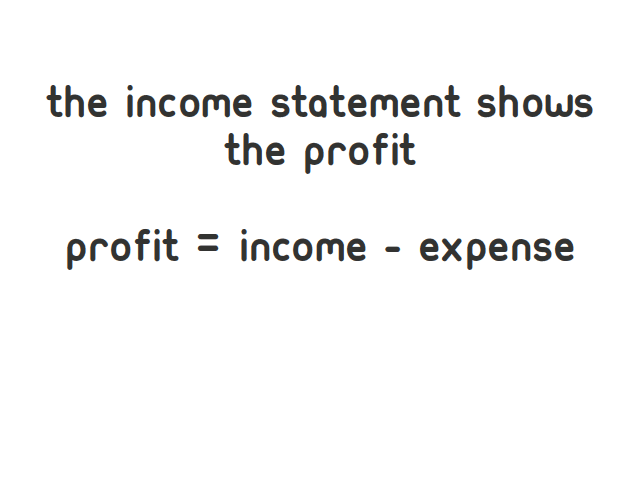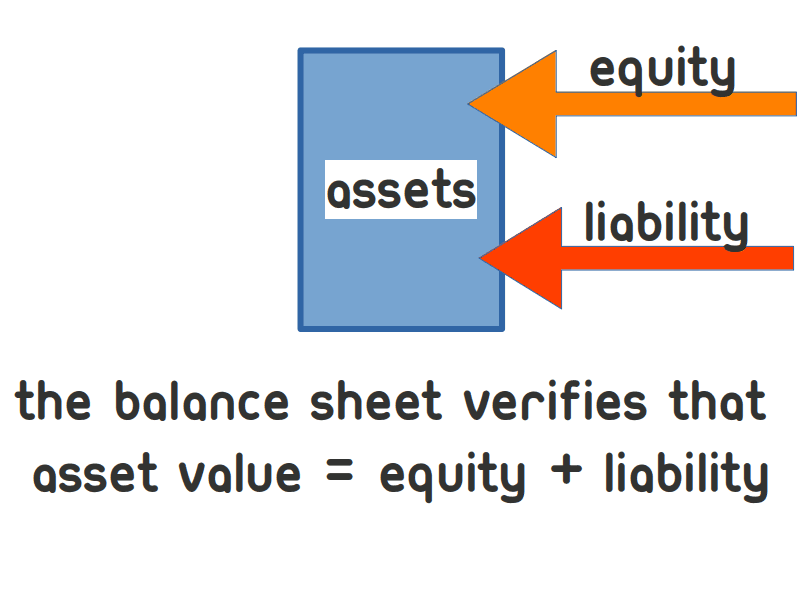Profit:
Profit is equal to Income minus Expenses. Profit increases the assets via cash or money in the bank. This profit belongs to the Owner.
A Loan earns interest and an Owner earns profit.
Interest is an expense to the business. Whenever an owner withdraws money from the business it reduces the value of his/her Equity in the business.
IF however the owner works as an employee in the business - then the salary earned is part of the business expenses. It also reduces the profit and it has the same effect on the equity. The difference is that this is worked-for money and not a pay-back of the equity.
Balance:
You will see that all the assets in the business were put into the business by either the Owners or via Loans. It will then make sense that all the Assets in the business must be equal to what is owned to the Owner plus Loans. The equation for this is:
Assets = Equity + Liability
and this is also called the "balance" of the business. The ratio of the Equity vs Liability is called the "gearing" of the business.
This was Concept 3.
If you are curious to see how money flows between accounts in a typical business, go to: >>> Concept 4:
Trading & VAT
Click here for About & Contact
This page is designed for a cell phone. If you view this on a computer or laptop - then kindly un-maximize the window and reduce the width of your browser-window to a portrait shape.
MoneyFlows by Benico van der Westhuizen is licensed under a
Creative Commons Attribution 4.0 International License

